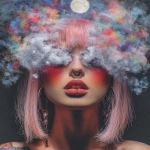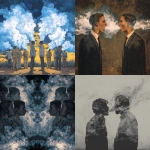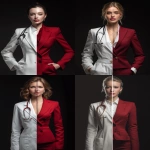Explore the Best AI Image Gallery

Beyond the Brush: How Wearable Tech is Transforming Creative Expression
The intersection of technology and creativity has always been a fertile ground for innovation. From the advent of photography to the rise of digital art, each technological leap has reshaped how we create and experience art. Today, wearable technology stands poised to revolutionize the creative landscape even further, empowering artists with unprecedented tools and blurring the lines between the physical and digital realms.
Unlocking New Dimensions of Creative Expression
Wearable tech transcends the traditional boundaries of artistic expression, offering a multitude of applications across various disciplines:
- Painting and Sculpture: Haptic feedback gloves and augmented reality headsets allow artists to sculpt and paint in three-dimensional space, manipulating virtual materials with intuitive hand gestures. Imagine sculpting a masterpiece that exists solely within the digital realm, or adding intricate details to a painting with the precision of a surgeon.
- Music Composition and Performance: Wearable sensors can capture an artists biofeedback—heart rate, breathing patterns, and even muscle movements—translating these physiological signals into dynamic musical compositions. This opens up new avenues for expressive performance, where music becomes a tangible manifestation of the artists emotional state.
- Dance and Choreography: Motion-tracking devices embedded in clothing can record and analyze dance movements with incredible accuracy, allowing choreographers to refine their routines and explore innovative techniques. This technology can also enable dancers to interact with virtual environments, creating immersive performances that transcend physical limitations.
- Interactive Storytelling and Immersive Experiences: Augmented reality glasses and haptic feedback vests can transport audiences into interactive narratives, where they become active participants in the story rather than passive observers. Imagine exploring a virtual world alongside your favorite characters, experiencing their emotions firsthand and shaping the narrative through your choices.
Navigating the Ethical Landscape
As with any powerful technology, wearable tech in the creative realm raises ethical considerations that must be addressed thoughtfully:
- Data Privacy and Security: Wearable sensors collect vast amounts of personal data—biometric information, movement patterns, even emotional states. Ensuring the privacy and security of this data is paramount, requiring transparent policies and robust safeguards against misuse.
- Accessibility and Inclusivity: The cost and complexity of wearable technology can create barriers to entry for some creators. Its essential to ensure that these tools are accessible to individuals from diverse backgrounds and economic circumstances, fostering an inclusive creative ecosystem.
- Authenticity and Originality: As AI-powered tools become increasingly sophisticated, questions arise about the nature of creativity itself. How do we define authenticity in an era where technology can generate art indistinguishable from human creations? This debate demands ongoing dialogue and reflection on the value of human ingenuity.
Future Trends Shaping the Creative Canvas
The convergence of wearable tech, artificial intelligence, and immersive experiences is poised to usher in a new era of creative expression:
- Personalized Creativity: Imagine AI-powered assistants that learn your artistic preferences and suggest innovative techniques or tools tailored to your style. Wearable sensors could capture your real-time inspiration, translating it into dynamic artwork that evolves with your emotions.
- Collaborative Creations: Remote artists could collaborate seamlessly using haptic interfaces and shared virtual spaces, bringing their imaginations together regardless of physical location. Imagine designing a building with colleagues across continents, feeling the textures and manipulating the structures as if you were physically present.
- Beyond Visual Arts: Wearable tech will extend its reach beyond traditional visual arts, empowering creators in fields like sound design, performance art, and even culinary experiences. Imagine tasting a virtual dish through haptic feedback, experiencing the symphony of flavors and textures without ever stepping into the kitchen.
As wearable technology continues to evolve, its impact on the creative industry will be profound and multifaceted. Artists, designers, and innovators will embrace these tools to push the boundaries of imagination, blurring the lines between reality and virtuality, and forging new pathways for artistic expression.

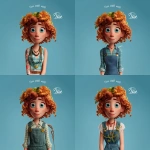

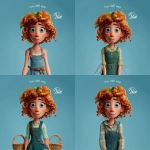


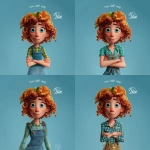
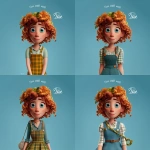
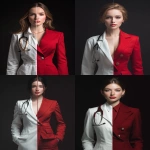






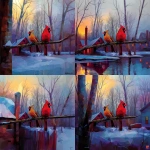


](https://images.ai-img.art/thumbnails/150/6c909fd6d38caac6572b592dd97831deb7d6562bba142798574677582676dfc1.webp)
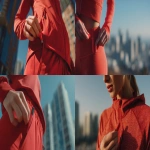
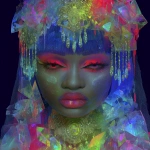

](https://images.ai-img.art/thumbnails/150/26c16e4f635deee86633de398088ca98d9bb748d6e7601436b07e882fab236cb.webp)

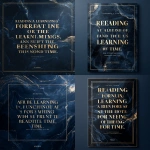



](https://images.ai-img.art/thumbnails/150/e6a179db327f0374ec327d0fdab48ac1f2dc47123eed103b0a41ed346280d07d.webp)
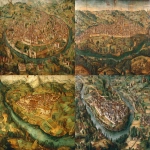


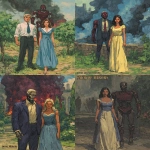
](https://images.ai-img.art/thumbnails/150/655229c40961cb7ff5abd4b4190e02c94ea1a961106e7547a562649c945268be.webp)


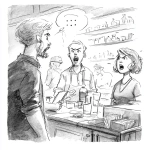

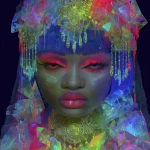
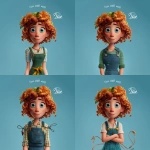

](https://images.ai-img.art/thumbnails/150/60973df1d727dbbf8e6922b7e4836814ab6012106eb9dcfe99aea7aec15f3710.webp)
](https://images.ai-img.art/thumbnails/150/184b4b030e30be0a6d51b544226cb4cf2271977814d935d3aaa2b7529355b3b7.webp)
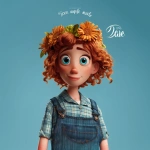
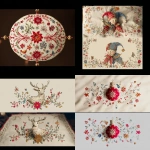
](https://images.ai-img.art/thumbnails/150/1202074d0d60b08b64d0f91f36468608aaac200a02b721cc8e6d8ec8a908432c.webp)
